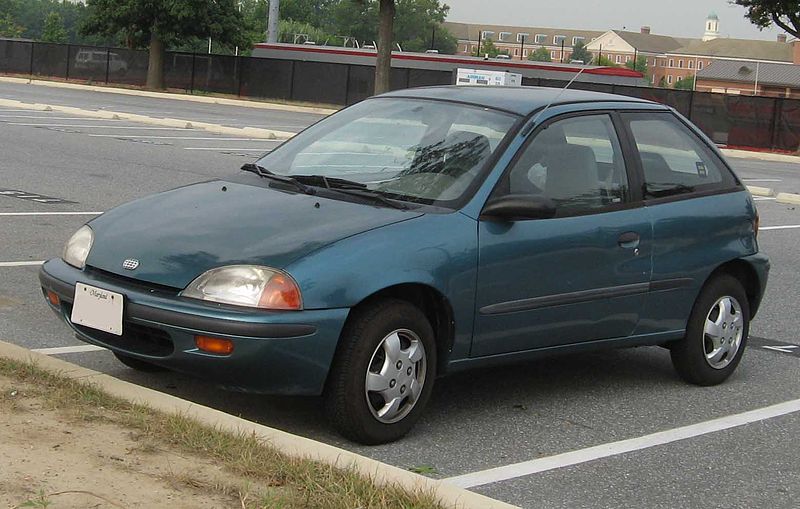Ready for 50mpg cars? Think again
Why automakers don't sell a car that gets 50mpg
Excerpts:
Consider the exercise Ford just went through. It ran a computer simulation on what would happen to the mileage of a Ford Focus small car if you built it entirely out of lightweight aluminum. Losing the steel allowed the Focus to drop 1,000 pounds—30 percent of its body weight. That enabled Ford to outfit it with a tiny one-liter engine, half the size of its old engine, but far more fuel efficient because of new technology. Best of all, the small motor goes just as fast as the big one because the car is so much lighter. The result: fuel economy on this fabulous Focus went from 35mpg to 50mpg. What's stopping Ford from moving this car from pixels to pavement? The cost of an all-aluminum car could top $50,000—not a sum the typical economy-car buyer is willing to pay. "What's going to be the cost acceptance for this much improvement in fuel economy?" asks Dan Kapp, director of Ford's advanced engines and transmissions. "We don't know yet."
Still, all the major automakers are putting their cars on a crash diet. Ford wants to drop 250 to 750 pounds in all its models by 2012. Toyota and Nissan want to cut the fat by 10 to 15 percent. But this slim-fast campaign is running into the drive for more safety features in automobiles. Back in the 1980s, the Honda CRX-HF and the Geo Metro each got more than 50mpg, but they didn't have airbags or steel beams in their doors to protect occupants in a crash.
Comment: I used to have a '95 Geo Metro (like picture below). I used it for Pastoral visitation. It did not have A/C, was a 5 speed transmission, and a 3 cylinder engine. This car was fun to drive ... but my one "long" trip from Denver to Pueblo Colorado (120 miles) was seriously hard on one's backside and back!


No comments:
Post a Comment
Any anonymous comments with links will be rejected. Please do not comment off-topic